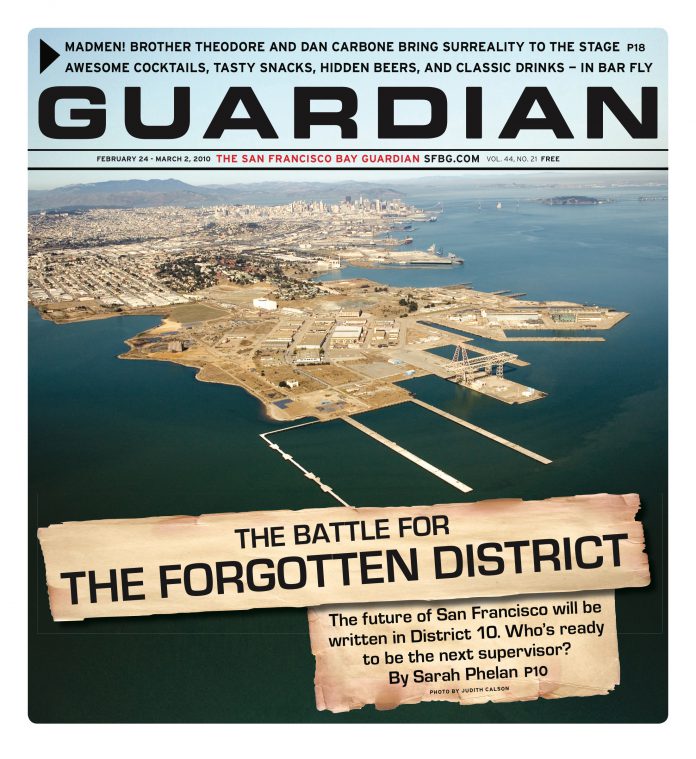FILM If America garlanded a filmmaker laureate, who would be better than James Benning? After helping thaw the structuralist/abstraction divide in the 1970s and ’80s, he’s since embarked on several adjoining 16mm contemplations of the American landscape, as marked by trains, lakes, paradises lost and alienation found — in the course, this son of Milwaukee has produced a matchless western oeuvre. In Ruhr (2009), his latest, Benning migrates to Europe and digital, but the bedrock is safe.
The constant of Benning’s films is a multilevel engagement with time. Within the structural demands of the audience (you will sit and watch these 10-minute takes), different measures of duration are overlaid — if you find yourself contemplating industry, geology, historical revisionism, prophecy, chaos theory and, indeed, the meaning of contemplation itself, you are following Benning’s path.
An earlier work screening this weekend, American Dreams (1983), is an intriguing bit of watch-making. The hour-long film tracks three chronologies, roughly aligning with image, sound, and text. Benning’s immaculate collection of cards and memorabilia plots Hank Aaron’s record-busting career (the home run king started as a Milwaukee Brave); the sound excerpts political speeches, newscasts, pop songs, and jingles concurrent with Hammerin’ Hank’s mounting statistics; and finally the text, in Benning’s own script, sources the 1972 diaries of Arthur Bremmer (also from Milwaukee), the man who shot George Wallace. On the one hand, we can’t take it all in; on the other, we never can. After RR (2007), it’s tempting to conceptualize the film’s historiography kit as a "if one train leaves the station at 2 p.m." problem, and indeed, the pleasure is not unrelated to that of an elegant math proof.
The question of whose story this is lingers, as does the trifurcated quicksand of history as progress (the home run chase), rupture (the news briefs) and maelstrom (the sociopath’s diary). At the root of American Dreams’ archaeology is the triangulation of Aaron, Bremmer, and Benning’s respective quests (the latter as artist and collector), all encoded as different figures of masculinity. If the subject of his artist’s talk Sunday afternoon is any indication, Benning continues to work through this enigmatic mode of portraiture. Two years ago, he built replicas of a pair of all-American cabins: those of Thoreau’s Walden and Ted Kaczynski’s own private Montana. It takes a lively mind to discern this hermetic dialectic — and a brave one to turn it back on his own practice.
"DARKEST AMERICANA AND ELSEWHERE"
Fri/26, 7 and 8:15 p.m., $10
Yerba Buena Center for the Arts
701 Mission, SF
Sat/27, 7:30 p.m., $10
Presentation Theater at USF
2350 Turk, SF
Sun/3, 3 p.m., $10
McBean Theater at Exploratorium
3601 Lyon, SF

